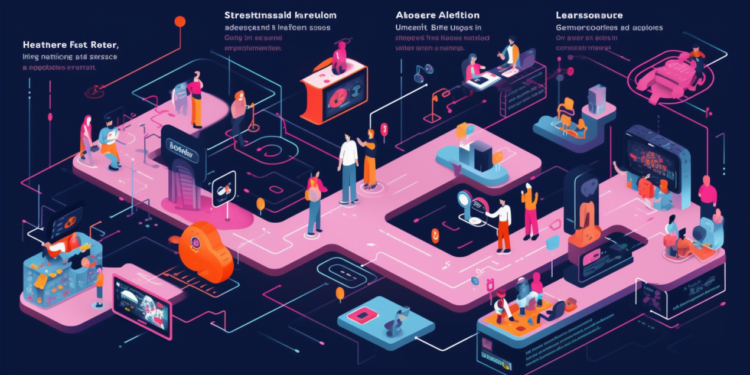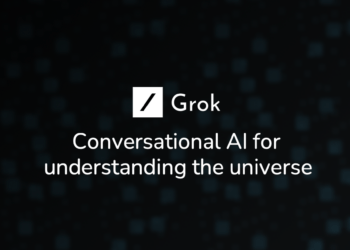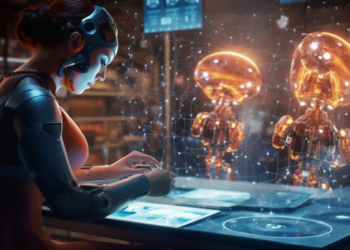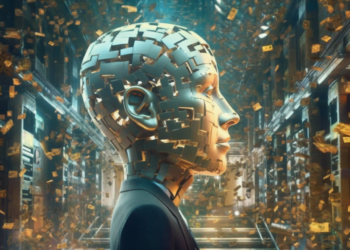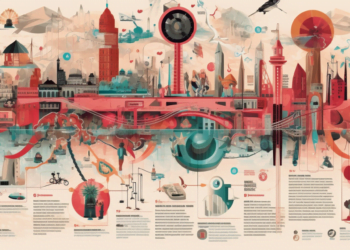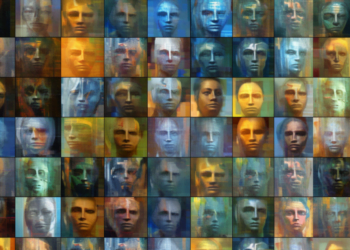Machine learning (ML) and Artificial Intelligence (AI) have become an integral part of many recommendation systems. These systems are used to provide relevant information to users to assist them in making better-informed decisions. Machine learning and AI have been used to develop recommendation systems for a variety of applications, from movie recommendations to the identification of related products. These systems rely on machine learning algorithms that learn from data to recommend personalized content to users.
In this article, we will explore the fundamentals of machine learning and AI in recommendation systems. We’ll see how machine learning algorithms are used to construct effective recommendation systems. We will also discuss best practices and useful tools for developing recommendation systems based on machine learning and AI.
What is machine learning?
Machine learning is a branch of Artificial Intelligence that focuses on the development of computer algorithms that can learn from data. These algorithms are designed to automatically adjust their parameters as they acquire more information about the problem to be solved. This allows the algorithms to improve their performance without the need for explicit programming.
Machine learning algorithms can be classified into two main categories: supervised learning and unsupervised learning. In supervised learning, algorithms learn from previously labeled data to make predictions. In contrast, unsupervised learning relies on the discovery of hidden patterns in unlabeled data. Machine learning has been used to develop a variety of applications, from fraud detection to medical diagnosis.
How is machine learning used in recommendation systems?
Recommendation systems rely on machine learning to provide personalized content to users. These systems learn from user data to predict what content will interest the user. This is achieved through machine learning algorithms such as logistic regression, decision tree, neural network, and support vector machine.
Machine learning algorithms are used to build predictive models that can predict what content will be most relevant to the user. These models are constructed from historical user data, such as their previous preferences, online behavior, and interactions with other users. This data is used to build a user profile that the recommendation algorithm can use to make personalized recommendations.
Best practices and useful tools for developing recommendation systems based on machine learning
There are several useful tools and best practices that developers can use to develop machine learning-based recommendation systems. These tools and best practices can help developers build effective recommendation systems.
One of the first steps in developing a recommendation system is selecting the right machine learning algorithm for the problem. This requires a deep understanding of the data and the problem being addressed. Machine learning algorithms like logistic regression, decision tree, neural network, and support vector machine can be good options for recommendation systems.
Once the algorithm is selected, developers need to gather the necessary data to train the model. This data should include information about the user, such as their previous preferences, online behavior, and interactions with other users. This data can be collected from internal or external sources, such as websites, social networks, and open data sources.
Once the data is collected, developers must process it to be readable by the machine learning algorithm. This may include data cleansing, data normalization, and feature engineering. These tasks enable the machine learning algorithm to learn from the data more efficiently.
Once the data is prepared, developers must train the machine learning model. This requires splitting the data into training and testing sets. The training set is used to train the model, while the test set is used to evaluate the model’s performance. During training, developers should tune the model’s parameters to ensure that the model is learning from the data in the best possible way.
Once the model is trained, developers should test the recommendation system. This can be accomplished by using metrics to assess the system’s performance. These metrics include response time, accuracy, coverage, and relevance. These metrics can help developers measure the system’s performance and determine if it is meeting the system’s goals.
Conclusion
Machine learning and Artificial Intelligence have become essential components of recommendation systems. These systems are based on machine learning algorithms that learn from data to recommend personalized content to users. These algorithms have been used to develop recommendation systems for a variety of applications, from movie recommendations to the identification of related products.
This article has explored the fundamentals of machine learning and AI in recommendation systems. Best practices and useful tools for developing machine learning and AI-based recommendation systems have also been discussed. These tools and best practices can help developers build effective recommendation systems.

